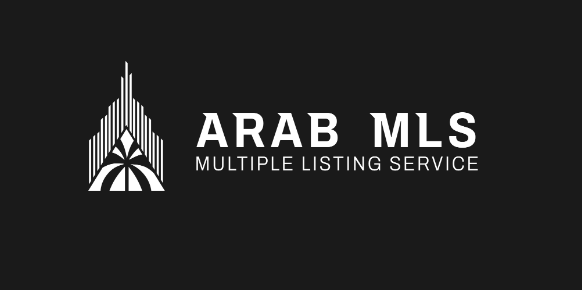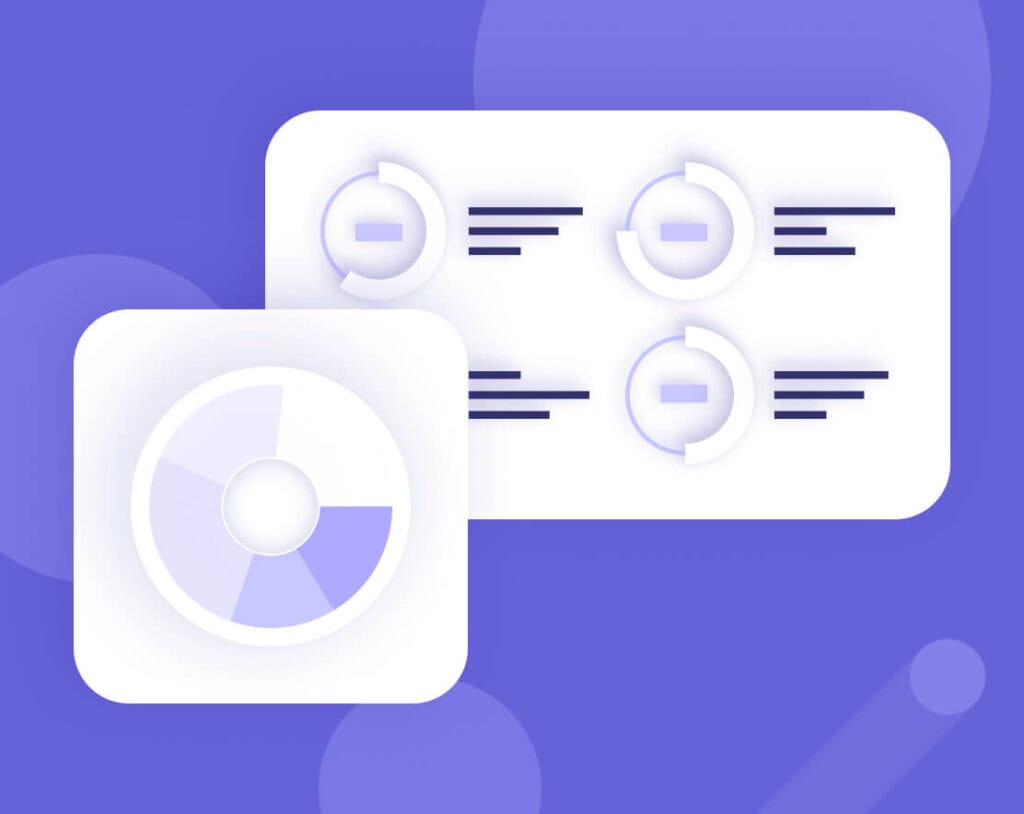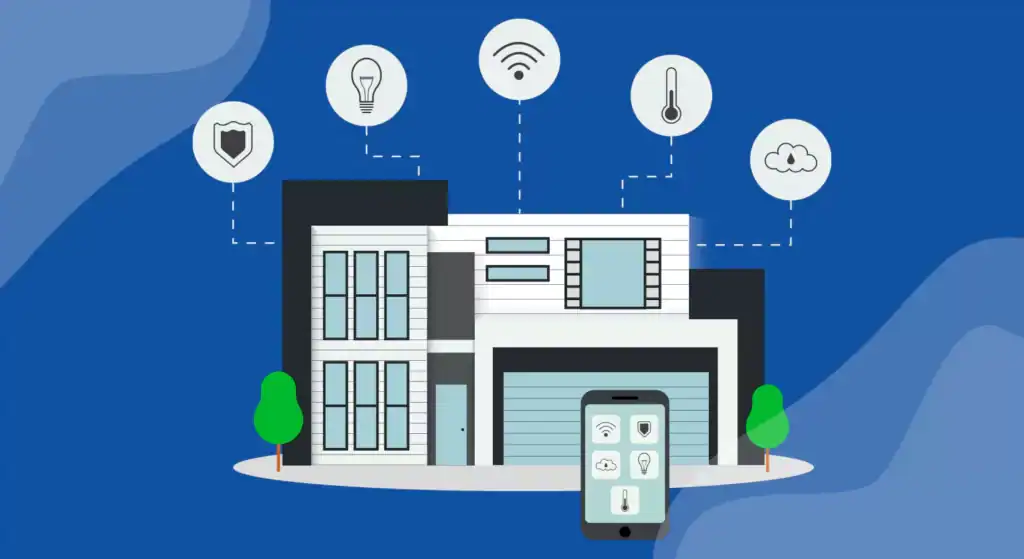In today’s competitive real estate market, a strong online presence is a must. Whether you’re an independent agent, part of a growing brokerage, or just getting started, your website can be your most valuable tool for generating leads, showcasing properties, and building your brand.
But not just any website will do.
What sets a powerful real estate site apart is its ability to feature live MLS listings—and that’s where an IDX website comes in. The great news? You can build one yourself, even if you’ve never written a single line of code.
In this blog, we’ll complete the process of creating your IDX-enabled real estate website from scratch, using no-code platforms and tools that make the entire journey user-friendly and effective.
What Is an IDX Website?
IDX, or Internet Data Exchange, is a system that allows real estate professionals to display listings from the Multiple Listing Service (MLS) directly on their websites. This means your website can provide real-time access to homes for sale, rental properties, and more, without requiring users to leave your site or visit third-party platforms.
It’s a powerful tool that gives agents and brokers a competitive edge. Visitors can browse listings, filter by criteria, save their favorite properties, and even schedule showings—right from your site. This not only improves the user experience but also increases the likelihood of lead conversion.

Why You Need an IDX Website
An IDX-integrated website transforms a basic online portfolio into a dynamic, client-focused search engine. Instead of relying solely on platforms like Zillow or Realtor.com, where you compete with hundreds of other agents, an IDX site lets you host listings directly and own your traffic.
Clients are more likely to trust a website that’s tailored to their needs, updated in real-time, and provides valuable content alongside listings. It shows professionalism and helps you stand out in a crowded market. And importantly, it gives you full control over your branding, content, and lead generation process.
Can You Build One Without Coding?
Absolutely. Thanks to modern website builders and IDX providers, it’s never been easier to launch a real estate website with live MLS listings—no coding knowledge is required. These tools are designed specifically for users who prefer drag-and-drop interfaces, pre-built themes, and seamless integrations.
You won’t need to hire a web developer or spend months learning how to code. With a few key decisions and some time spent customizing your site, you can be up and running in a matter of days or even hours.
Step 1: Choose a Website Platform
Your first step is selecting a platform to build your website. The right choice depends on your goals, technical comfort level, and budget.
WordPress is a top choice for many agents. It’s open-source, incredibly flexible, and offers a wide range of real estate themes. When paired with an IDX plugin, WordPress becomes a full-fledged property portal. If you’re looking for complete customization and scalability, this is a great option. However, WordPress requires separate hosting and a bit of a learning curve.
Wix and Squarespace are ideal for beginners. These platforms offer simple drag-and-drop design, reliable hosting, and ready-made templates. While they don’t offer built-in IDX integration like WordPress, you can embed widgets or use third-party solutions to add listing functionality.
There are also real estate-specific platforms like Placester, Showcase IDX, and AgentFire. These are purpose-built for agents and often include IDX, lead capture tools, and even CRM systems right out of the box. They’re more expensive, but they handle the technical work for you.
Step 2: Pick an IDX Provider
The IDX provider is the service that pulls listings from your local MLS into your website. Not all providers are the same, so it’s important to choose one that supports your region and offers the features you need.
Look for a provider that supports your MLS, offers responsive listing layouts, and includes SEO-optimized pages. Many top providers also offer tools like email alerts, saved searches, and interactive maps to improve user experience.
IDX Broker, iHomefinder, and Showcase IDX are among the most widely used options. Some offer WordPress plugins, while others allow you to embed listing widgets into any website builder.
Before you commit, check compatibility with your chosen platform. Also, inquire about monthly pricing, support, and any setup fees.
Step 3: Build and Customize Your Site
Once you’ve chosen your platform and IDX provider, it’s time to build your website. Start by selecting a domain name that reflects your brand or service area. Something simple and memorable like MiamiDreamHomes.com or HousesBySarah.com will do the trick.
Next, select a real estate theme or template that aligns with your brand. Customize it by adding your logo, brand colors, and essential pages. Your site should include a homepage, property search page, about section, contact form, and ideally, a blog or resource center.
Now comes the fun part—connecting the IDX. Depending on your provider, this may involve installing a plugin or copying and pasting widget codes. Most platforms make this easy with step-by-step guides or live support to help you through the process.
Once integrated, your site will automatically update with new listings, property details, images, and open house information—all pulled from the MLS.
Step 4: Optimize for SEO and User Experience
Your site is live, but it won’t attract visitors unless it’s optimized for search engines. SEO, or Search Engine Optimization, ensures that your site appears when people search for terms like “homes for sale in Denver” or “best real estate agent in Brooklyn.”
Start by identifying the right keywords for your market. Use tools like Ubersuggest or Google Keyword Planner to find relevant phrases with high search volume and low competition.
Then, incorporate those keywords into your page titles, meta descriptions, headings, and image alt text. Create custom content that speaks directly to your local audiences, such as neighborhood guides, market updates, and home-buying tips.
Avoid using the same listing descriptions that appear on hundreds of sites. Add your unique insights or commentary when possible to help differentiate your content.
Keep your site mobile-friendly as well. A majority of home searches start on mobile devices, and Google prioritizes mobile-optimized pages in its rankings.
Step 5: Add Lead Capture and CRM Tools
An IDX site isn’t just for browsing—it’s also a powerful lead-generation tool. Make it easy for visitors to contact you, sign up for alerts, or request showings.
Most IDX providers offer built-in lead capture features like pop-ups, registration prompts, and email signup forms. Use these to collect names, phone numbers, and emails.
Integrate your site with a CRM (Customer Relationship Management) system to keep track of prospects, automate follow-ups, and nurture relationships. Many platforms have built-in CRMs or integrate easily with tools like HubSpot, Follow Up Boss, or LionDesk.
The more streamlined your system, the more time you’ll save—and the more deals you’ll close.
Step 6: Launch and Promote Your Website
Before going live, test everything. Make sure the search functionality works, listings display properly, and your contact forms send emails to the correct address.
Once you’re ready, it’s time to promote your site. Start by sharing it on social media, including it in your email signature, and announcing it to your existing clients and leads.
Consider running local ads on Facebook, Instagram, or Google to drive targeted traffic. You can also partner with mortgage brokers, interior designers, or local businesses to cross-promote each other’s services.
If you’re blogging, focus on evergreen content that ranks over time and provides real value—like “Top Neighborhoods in [City]” or “First-Time Homebuyer Tips.” These kinds of posts build long-term traffic and authority.
Common Mistakes to Avoid
It’s easy to get overwhelmed during the website-building process, but avoiding these common mistakes will save you time and frustration:
First, don’t ignore mobile optimization. With more than half of all internet traffic coming from smartphones, your site needs to look and function perfectly on smaller screens.
Second, avoid using low-quality photos or stock images that don’t reflect your brand or local market. Authenticity is key.
Third, don’t forget to maintain your site. Add new content regularly, check that listings are displaying correctly, and update your design when needed to stay fresh and relevant.
And finally, don’t expect instant results. SEO takes time, and lead generation requires consistency. Keep promoting your site, refining your content, and analyzing what works.
Final Thoughts: You Can Do This
The real estate world is evolving fast, and digital presence is more important than ever. Building an IDX website used to be expensive, complicated, and reserved for big brokerages. Today, anyone can do it.
With the right tools, a clear plan, and a bit of creativity, you can build a professional IDX website without writing a single line of code. It’ll become the foundation of your marketing strategy, your brand, and your ability to connect with the next generation of buyers and sellers.
So take the first step. Choose your platform, pick your IDX provider, and start building your online presence today. Your future clients are already searching—make sure they find you.













